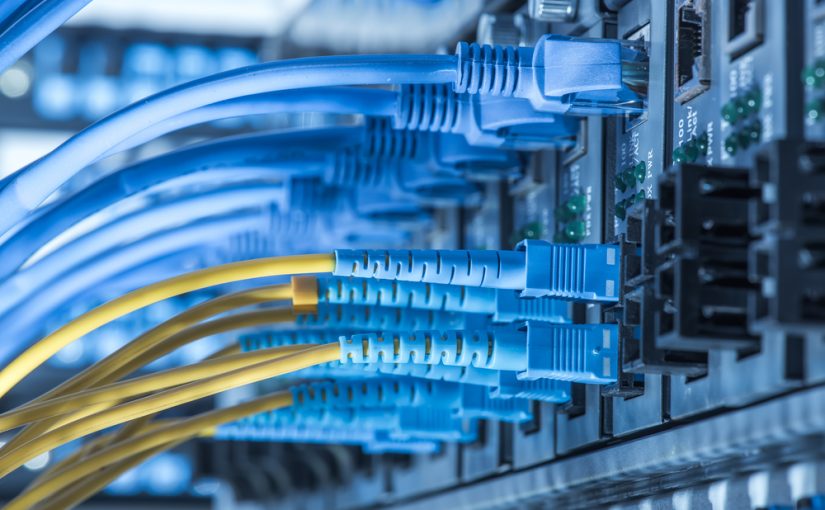Boost the potential of your Windows Server 2012 with Parallels RAS
Microsoft Server 2012 R2, the server version of the Windows OS, comes with several innovative features. Remote Desktop Services (RDS) is a notable feature that offers businesses the ability to publish desktops and applications to remote users securely. Another important enhancement in Windows Server 2012 R2 is the improved Hyper-V performance. This feature-rich virtualization platform helps organizations optimize costs and achieve operational efficiencies. The high scalability of Hyper-V provides virtualization support for 320 logical processors, and 4 TB of physical memory with 1024 VMs per host. It also supports 64-node clusters that can host 8000 VMs per client. 64 TB virtual disk format is supported as well. The VHDX disk can be scaled up and down without any downtime. Other features include data de-duplication for cost reductions in storage solutions, Remote Fx Streaming and Remote Fx vGPU for a rich graphical interface, Session Shadowing for improved technical support, and RD Gateway pluggable authentication for deploying secure remote networks.
Challenges with RDS
While Windows Server 2012 R2 is an essential tool for virtualization solutions, its installation is complex and time-consuming. IT administrators have to be well-trained in virtualization concepts. In addition to the regular software, extra components have to be installed. For instance, the load balancer is not installed automatically and requires NLB components. Also, different roles and services need to be configured. As the features of Windows Server 2012 R2 cannot be used on standalone servers, an active directory domain is required. To publish an application remotely, another tool called RemoteApp has to be installed. Moreover, a lengthy procedure must be followed to publish an application. Filtering of connections is based only on users and groups from the active directory list. There is no centralized location for backups and restores, and administrators have to perform backups individually. Reporting and logging capabilities are not available. Windows Server 2012 R2 does not support the expansion of a server farm into various geographical locations. For iOS and Android devices, RDS features are limited.
Parallels RAS complements Windows Server 2012 R2
Unlike Windows Server 2012, the installation of Parallels® Remote Application Server (RAS) is simple and easy. You only have to install one single msi file and virtualization knowledge is not required. Using simple wizards, you can easily add servers and other components. To publish an application remotely, you can use a simple wizard. You can specify from which server farm the application is to be published. The application can be customized for each user and group. In addition to users and groups, connections can be filtered by MAC address, IP address, Gateway, and client address. Parallels RAS supports one-time code authentication mechanisms such as SafeNet and DeepNet.
For high availability, additional gateways and servers can be added easily using a simple wizard. Moreover, a load balancer is automatically configured in Parallels RAS. Using a centralized dashboard, you can back up and restore server configuration with a single click. As activities are logged in an audit log, customized reports can be generated. With Parallels RAS, remote users can access corporate resources from an HTML5 browser. Shadowing is an extremely useful feature for helpdesk tasks. With just one tool, you can monitor and manage the entire virtualization infrastructure from a single dashboard.
Parallels RAS with Windows Server 2012 is a complete, augmented solution for remote desktop and application publishing.
References
microsoft.com wikipedia.org infoworld.com windowsnetworking.com msfreaks.wordpress.com